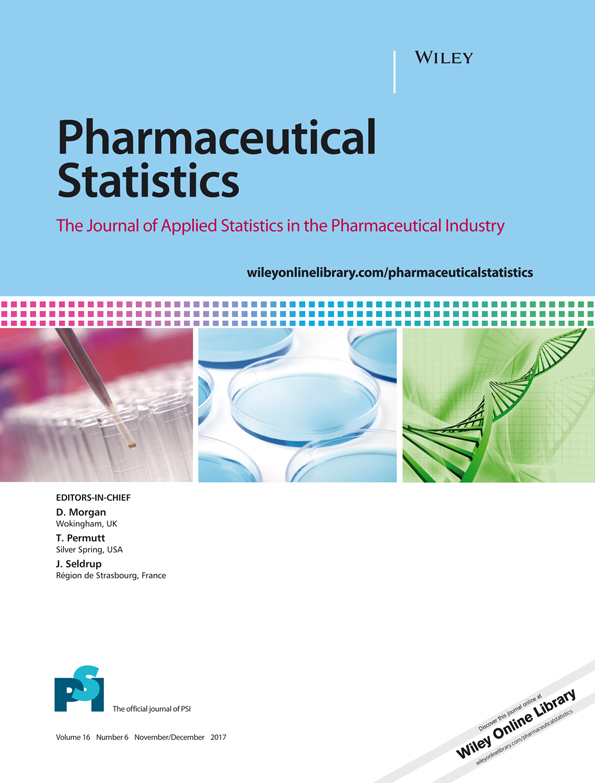A Bayesian sequential design with adaptive randomization for 2-sided hypothesis test
Abstract
Bayesian sequential and adaptive randomization designs are gaining popularity in clinical trials thanks to their potentials to reduce the number of required participants and save resources. We propose a Bayesian sequential design with adaptive randomization rates so as to more efficiently attribute newly recruited patients to different treatment arms. In this paper, we consider 2-arm clinical trials. Patients are allocated to the 2 arms with a randomization rate to achieve minimum variance for the test statistic. Algorithms are presented to calculate the optimal randomization rate, critical values, and power for the proposed design. Sensitivity analysis is implemented to check the influence on design by changing the prior distributions. Simulation studies are applied to compare the proposed method and traditional methods in terms of power and actual sample sizes. Simulations show that, when total sample size is fixed, the proposed design can obtain greater power and/or cost smaller actual sample size than the traditional Bayesian sequential design. Finally, we apply the proposed method to a real data set and compare the results with the Bayesian sequential design without adaptive randomization in terms of sample sizes. The proposed method can further reduce required sample size.




